Imagine embarking on a journey spanning 2,000 grueling miles, filled with treacherous river crossings, food rationing, relentless weather, and the constant threat of disease. Welcome to the life of a pioneer on the Oregon Trail!
Are We Modern Day Wimps? Probably So.
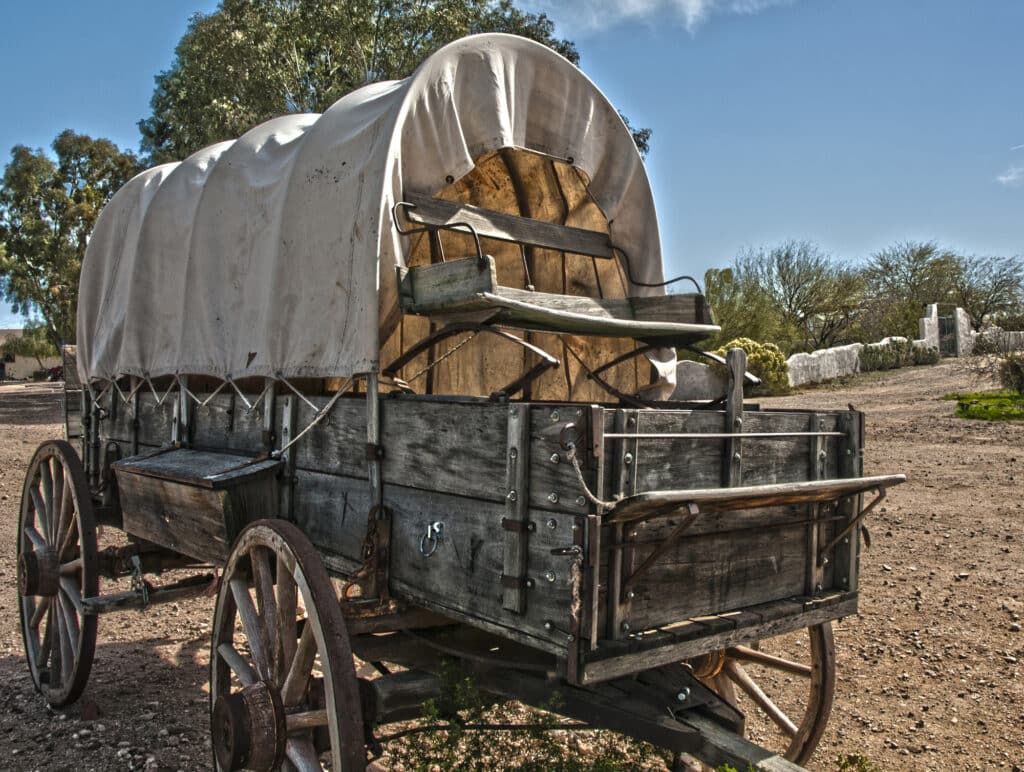
Read on to uncover the harsh realities these brave travelers faced and discover why most of us today wouldn’t have made it. The hardships they endured and the fascinating facts about their journey might just make us appreciate modern comforts a bit more!
The Oregon Trail Spanned Over 2,000 Miles
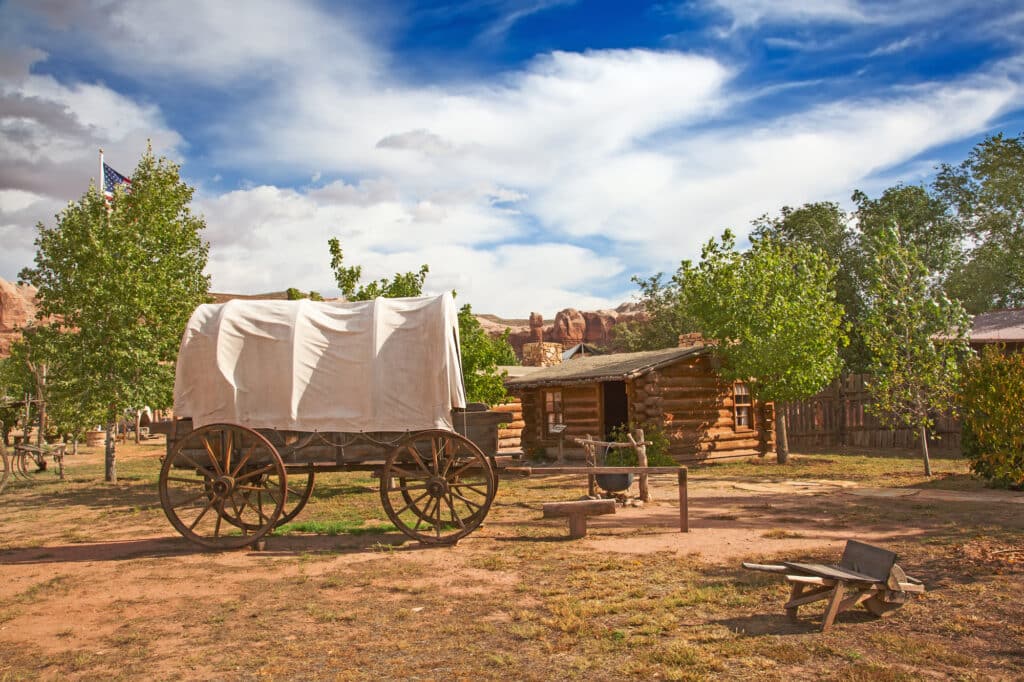
The Oregon Trail stretched from Missouri to Oregon and spanned over 2,000 miles. The trip was made even more challenging due to the rough terrain and lack of roads. The journey along the Oregon Trail typically took between four to six months to complete. Could you walk that far?
Fun Fact: It’s said that the wheel ruts from the wagon trains are still visible in certain places along the old Oregon Trail today.
Exhausting Daily Trek
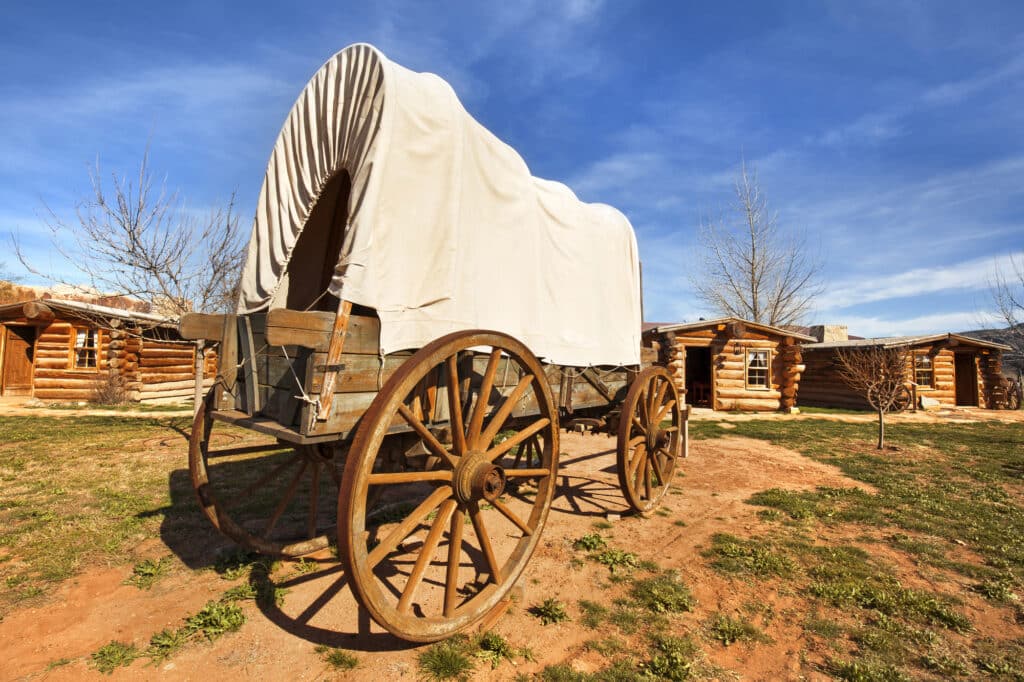
Travelers on the Oregon Trail typically covered only 15 miles a day. With the sun beating down on them, they had to endure hours of strenuous walking, riding, or guiding their wagons through rough landscapes.
Fun Fact: Despite the hard journey, some pioneers still found energy for dancing and music in the evenings as a form of entertainment and morale boosting.
Dangerous River Crossings
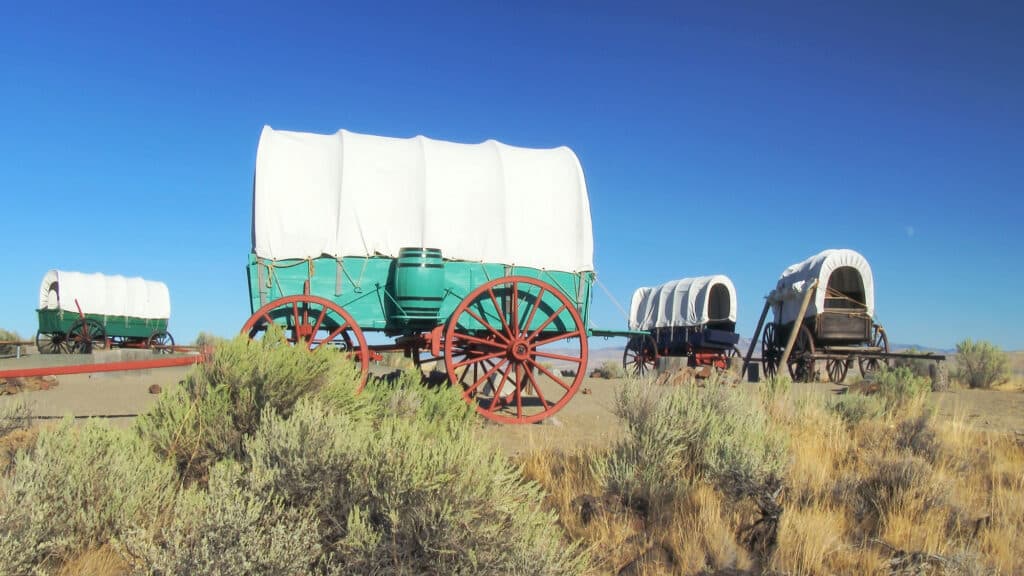
Numerous river crossings were part and parcel of the journey. Most pioneers had little to no experience in operating a ferry or building a raft, which often resulted in tragic mishaps such as drownings and loss of livestock and supplies.
Fun Fact: The Green River in Wyoming was one of the most treacherous crossings on the Oregon Trail. Some entrepreneurial pioneers set up ferries here, turning river crossings into a profitable business.
Limited Supplies and Rationing
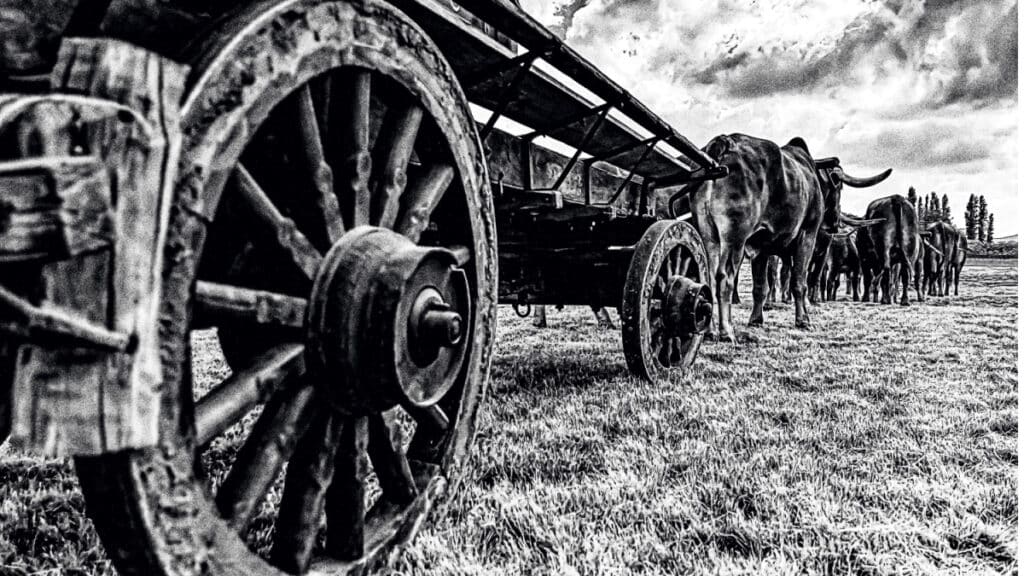
Due to the limitation of what they could carry in their wagons, pioneers needed to ration food, water, and other supplies meticulously. A wrong calculation or unexpected delay could mean running out of supplies in the middle of nowhere.
Fun Fact: Pioneers often packed foods like hardtack (a hard, dry biscuit) and salt pork, which were durable and didn’t spoil easily. They would supplement this diet by hunting and gathering along the way.
High Disease Mortality
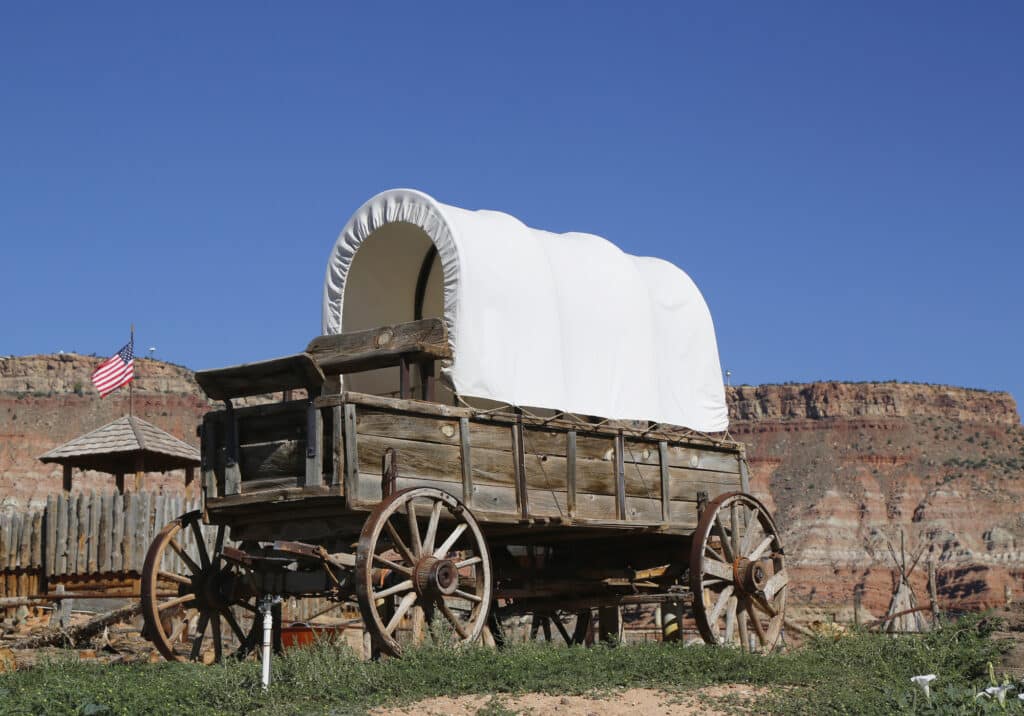
Poor sanitation, limited medical knowledge, and close quarters led to rampant diseases like cholera, dysentery, and typhoid. It’s estimated that about one in 17 pioneers didn’t survive the journey due to diseases.
Fun Fact: To try to combat illness, some pioneers carried a “Prairie Traveler” medical guide that included remedies like brandy for snake bites and quinine for malaria.
Severe Weather Conditions
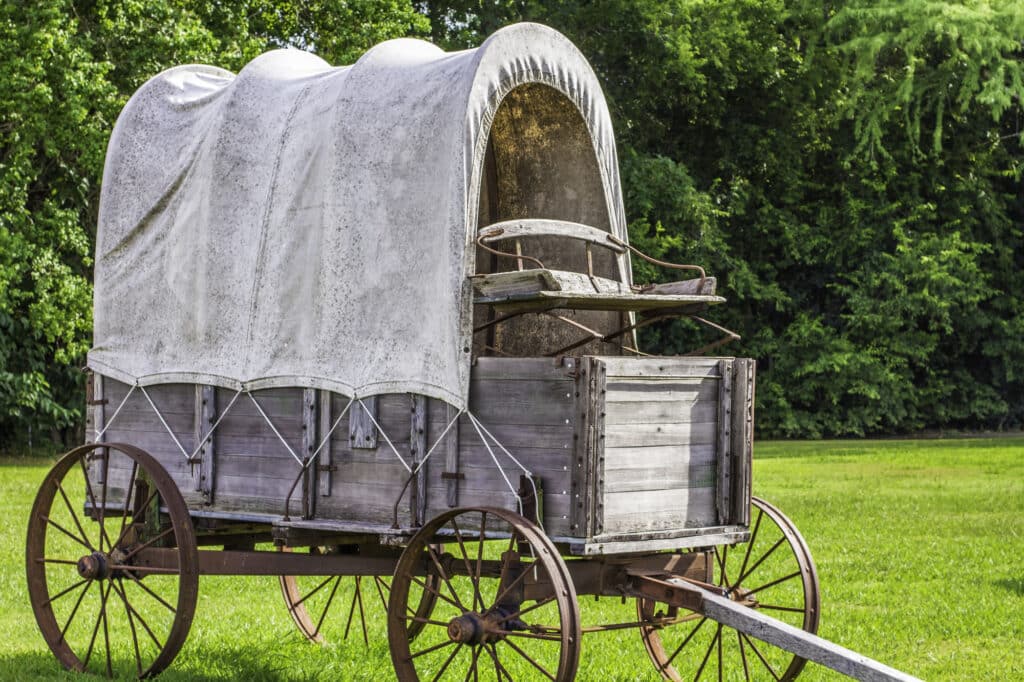
The pioneers on the Oregon Trail were exposed to all sorts of harsh weather conditions. From sweltering summer heat to chilling winter snowstorms, the weather could turn from pleasant to perilous in a moment’s notice.
Fun Fact: Traveling in spring was ideal as it allowed pioneers to avoid the worst of winter storms while providing enough grass for their livestock by the time they reached the plains.
The Threat of Native American Attacks
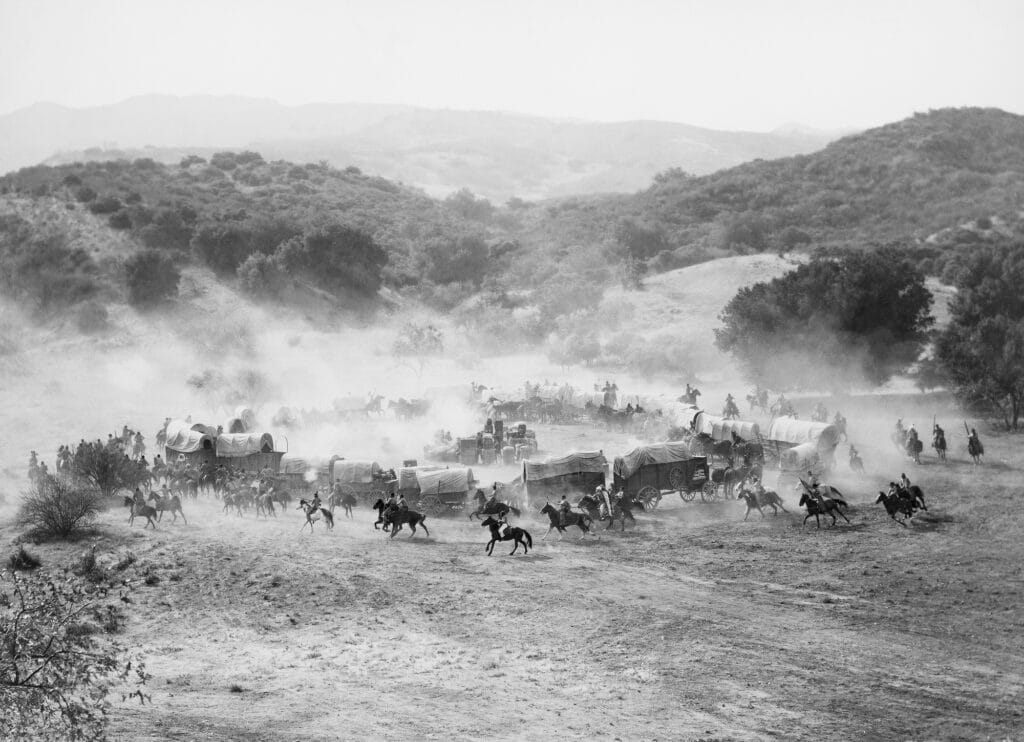
Although most accounts of Native American encounters were peaceful, fear of potential conflict added to the stress of the journey. There were sporadic cases of attacks that resulted in loss of life and property.
Fun Fact: Many pioneers traded goods with Native Americans, acquiring valuable items such as fresh food and handmade crafts, proving that there was a degree of peaceful coexistence and exchange along the trail.
Rough Terrain and Broken Wagons
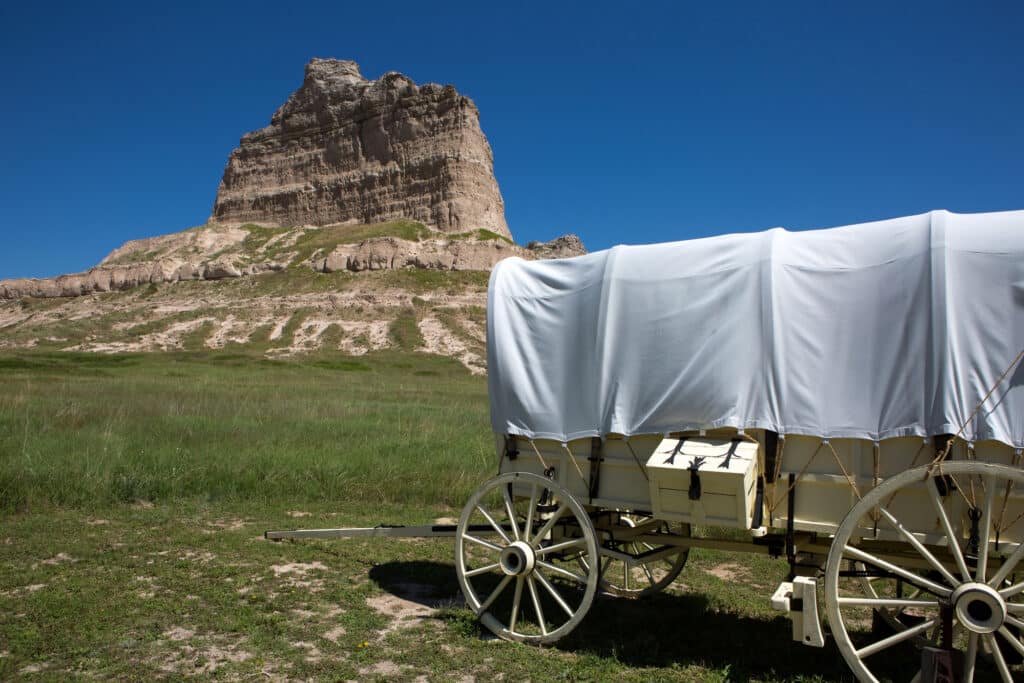
Traveling over mountains, across deserts, and through dense forests was a common occurrence on the Oregon Trail. The difficult terrain often led to broken wagons, injured livestock, and delays that could spell disaster.
Fun Fact: Blacksmith skills were highly valuable on the trail. Pioneers who could repair broken wagon wheels or shoe oxen often found they could trade their skills for goods and services.
Limited Luxuries and Comforts
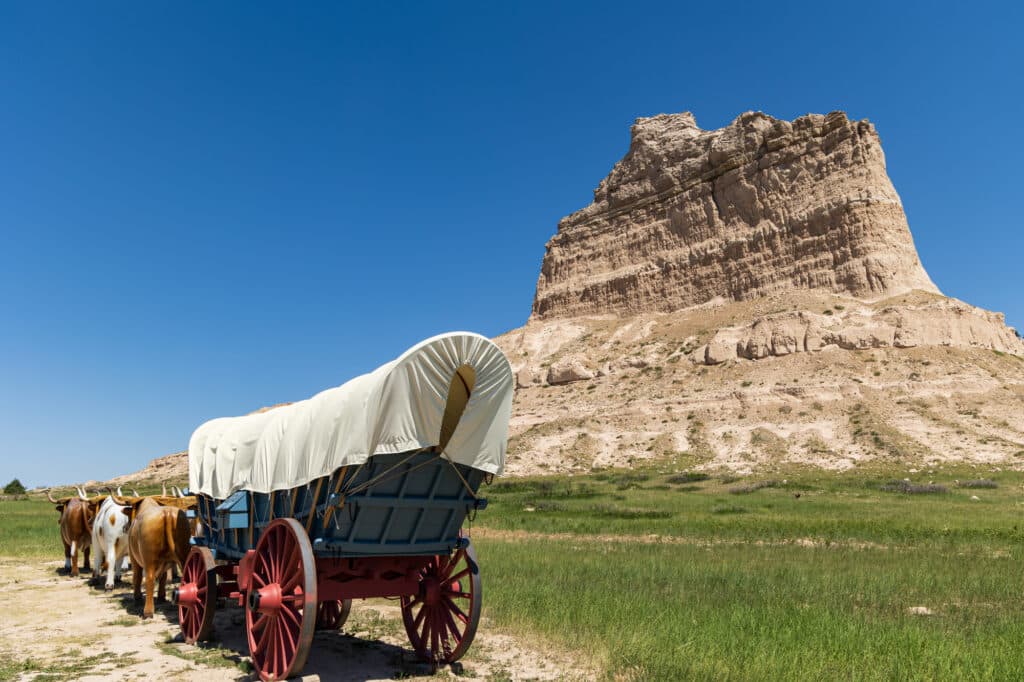
Life on the trail was a far cry from the comforts pioneers were accustomed to. Beds were often nothing more than a blanket on the ground, and meals were simple, often consisting of only a few different items.
Fun Fact: While cooking on the trail was typically a basic affair, pioneers would sometimes gather wild fruits and herbs to add some variety to their meals.
Psychological Challenges

Beyond the physical hardships, pioneers faced immense mental and emotional stress. The constant fear of the unknown, the stress of survival, homesickness, and the loss of loved ones to disease or accidents took a toll on the mental health of many pioneers.
Fun Fact: Pioneers often kept journals during their journey, which not only served as a pastime but now provide us valuable first-hand accounts of life on the Oregon Trail.
Here’s What Travel Was Like 100 Years Ago
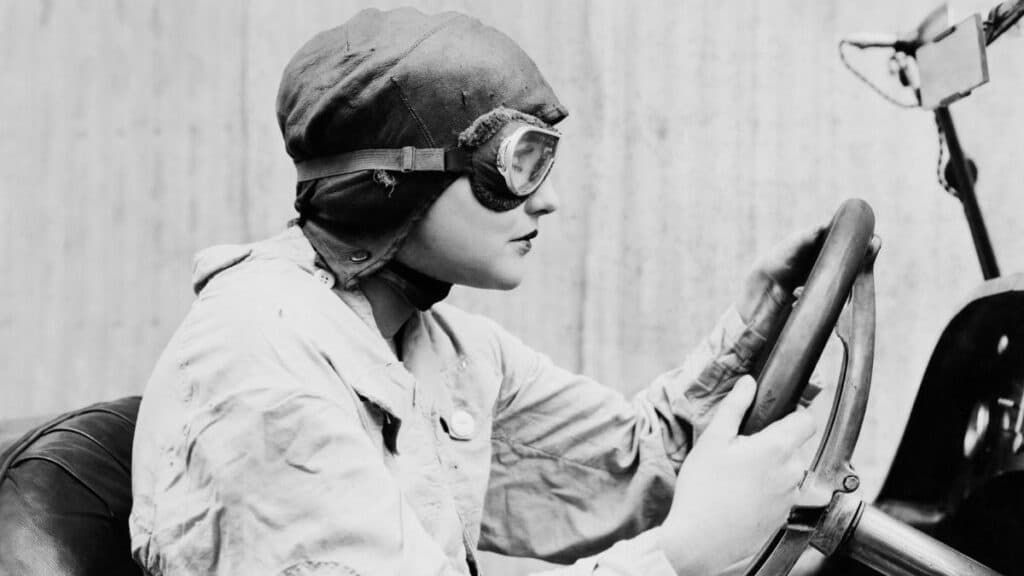
Travel has definitely improved over the past 100 years. And by the way, if you’re thinking 100 years ago was back in the 1800s, you might be showing your age…100 years ago was 1923 and Americans were hitting the road in their new-fangled automobiles. Here are ten things you might expect if you traveled across America 100 years ago.
Here’s What Travel Was Like 100 Years Ago
Here’s What It Was Really Like to Drive a Model T Ford
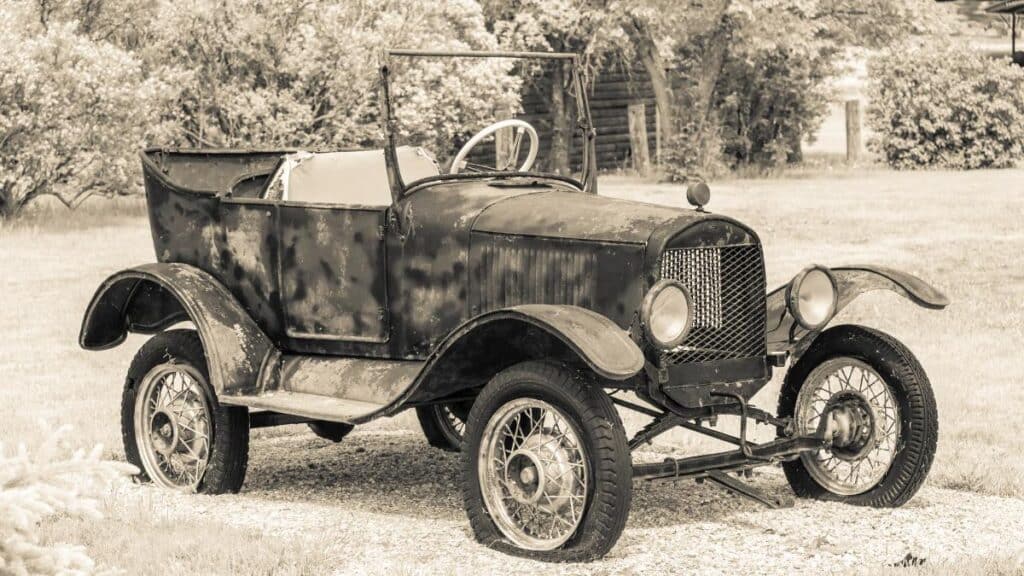
Tired of driving down easy-street in your super comfy modern car? Well, have no fear because the Model T is here! Let’s take a ride down memory lane with a humorous look at what traveling in a Model T was like when it first came out.
Here’s What It Was Really Like to Drive a Model T Ford
31 Vintage Items Worth Money: Do You Have Any of These?

There’s a hot market for antique and vintage items in good, working condition. Remember that Singer sewing machine Grandma held on to all those years, only to pass it on to you? It could sell for as much as $1000 today.
31 Vintage Items Worth Money: Do You Have Any of These?
Step Into the Past: 10 American Ghost Towns to Explore
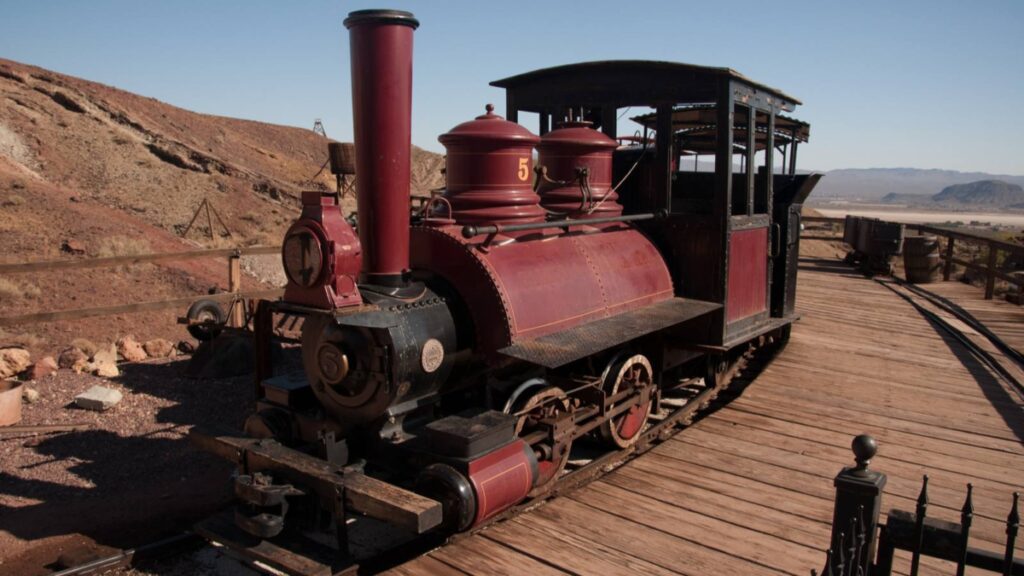
America may not have a history as old as other countries, but we do have our share of ghost towns. Around 3,800 of them, according to a recent report by the New York Times. From the largest ghost town in Jarome, Arizona, to quirky ghost towns like Calico, California, here are ten of the most well-known in America.
Step Into the Past: 10 American Ghost Towns to Explore
14 Inventions Our Grandparents Expected to See by Now That Didn’t Materialize

It’s time to take a lighthearted stroll down memory lane and witness the grandeur of bygone expectations. From flying cars to robot servants, the visions of yesteryear weren’t terribly off the mark, yet it’s still entertaining to see what our parents and grandparents thought things would be like today.
14 Inventions Our Grandparents Expected to See by Now That Didn’t Materialize
This post was produced and syndicated by Our Woven Journey.
Karee Blunt is a nationally syndicated travel journalist, focused on discovering destinations and experiences that captivate and inspire others through her writing. She is also the founder of Our Woven Journey, a travel site focused on inspiring others to create memory-making adventures with their loved ones. Karee is passionate about encouraging others to step out of their comfort zone and live the life they dream of. She is the mother of six kids, including four through adoption, and lives with her family in the Pacific Northwest. You can learn more about Karee on her about me page.
